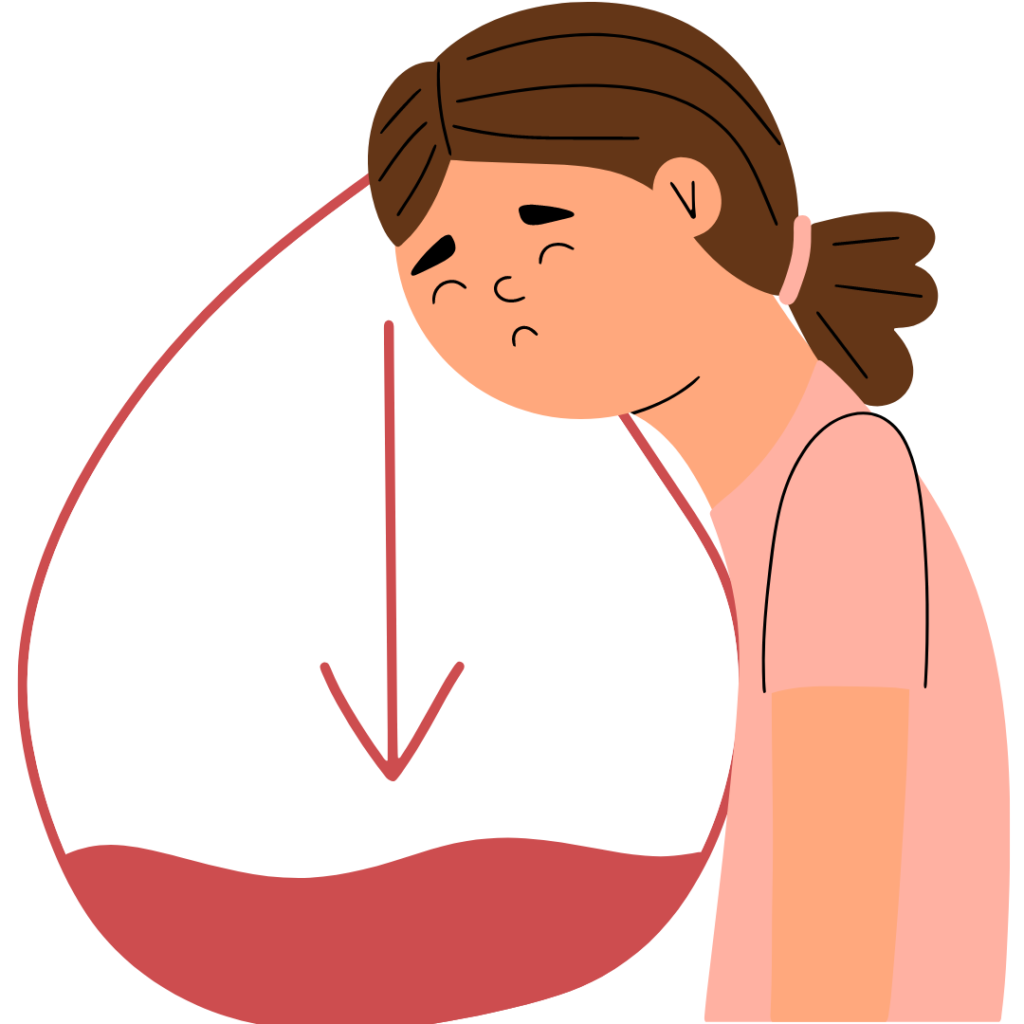Many people are confused about what blood sugar is too low.
Some people think they are having dangerously low blood sugar when they are not. This can lead to unnecessary anxiety, over treatment, overeating and weight gain.
On the other hand, many people with diabetes think having dangerously low blood sugar is better than having high sugar. This is also not true. A low blood sugar can be acutely dangerous because it can lead to loss of consciousness and even death quickly if not correctly.
So what blood sugar is really too low?
In patients with diabetes who are treated with hypoglycemic agents, medications that can cause dangerously low blood sugars, we want to prevent low blood sugar. These medications include insulin and sulfonylureas such as glipizide, glimepiride and glyburide. When a patient on these medications regularly has blood sugar less than 100mg/dL, we should reduce their medication dose. A patient taking these medications should correct a low blood sugar by ingesting glucose or with glucagon if not conscious if their blood sugar drops lower than 70mg/dl. Fast acting sugars like juice or glucose tablets can be helpful. The rule of 15’s is a helpful rule for patients with diabetes. The rule of 15’s is that when a person with diabetes on hypoglycemic agents experiences a blood sugar < 70mg/dl, they should correct that low blood sugar with 15 grams of carbohydrate and then recheck blood sugar 15 minutes later. Blood sugar can correct and then fall again, so waiting 15 minutes ensure that the low blood sugar has truly been corrected. People can repeat the rule of 15’s if blood sugar is low at 15 minutes.
Most other medications for diabetes do not cause dangerously low blood sugar.
If not on hypoglycemic medications for diabetes, what blood sugar is too low?
In these cases, a person must meet all three criteria of Whipple’s Triad for hypoglycemia in order to meet criteria for further workup of hypoglycemia.
Whipple\’s Triad consists of:
- Low blood sugar on serum or finger stick since finger stick is much more practical. Continuous glucose monitoring systems (CGMS) are inaccurate when low so you must check a fingerstick capillary blood glucose if using CGMS.
- Symptoms of low blood sugar (sweating, anxiety, tunnel vision, hunger, agitation)
- Symptoms must improve with ingesting carbohydrates
If all criteria of Whipple’s Triad are not met in a person who is not taking hypoglycemic agents, they do not meet diagnostic criteria for hypoglycemia. Thus, further workup of hypoglycemia is not warranted. Their symptoms and concerns are important, though, so must be addressed appropriately.
It is important to note that non-diabetic hypoglycemia is exceedingly rare. People who have undergone bariatric surgery are at higher risk for hypoglycemia syndromes such as nesidioblastosis or dumping syndrome. Rare conditions that can cause low blood sugar are insulin-secreting tumors called insulinomas and other types of cancers. Some healthy people have transient post-meal hypoglycemia that typically occurs after ingestion of a high carb meal which can improve with eating meals with lower carb loads.

